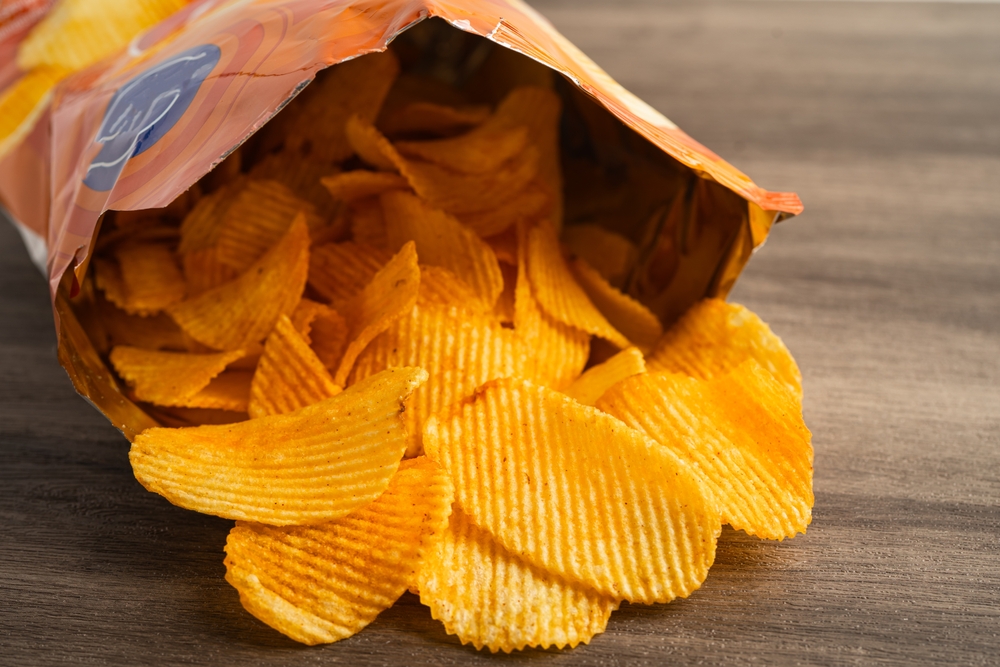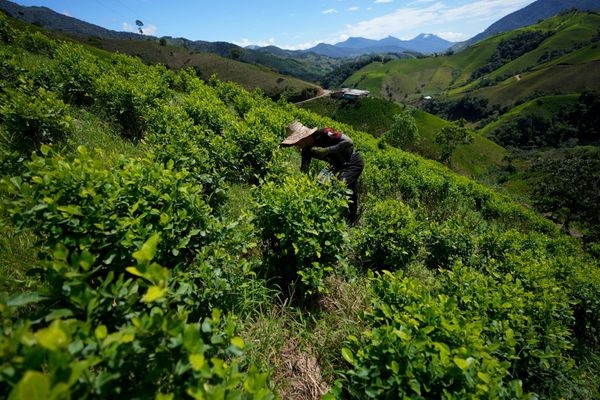
Everyone wants to save money at the grocery store, and bigger packs often look like better deals. But sometimes, pack sizes that seem cheaper are actually costing you more per unit. This happens because brands know shoppers focus on price tags and not always the fine print. These “value” sizes can hide higher prices per ounce, gram, or item. Understanding how pack sizes fool you is key to making smarter grocery choices and keeping your budget in check. If you want to avoid overpaying, watch out for these common grocery tricks.
1. Mini Snack Packs
Those cute boxes of individually wrapped cookies or chips look perfect for lunchboxes. But when you compare the price per ounce to a regular-sized bag, the mini packs almost always cost more. The convenience factor tricks shoppers into thinking they’re saving money, but the unit price tells a different story. If you’re looking to really get value, break down the cost by weight instead of being swayed by the number of packs.
2. “Family Size” Cereal Boxes
Family size sounds like the cheapest way to buy cereal. Sometimes, the price per ounce of family-size boxes is higher than regular or even giant sizes. Always check the shelf tag for unit pricing to avoid paying more for what seems like a bulk bargain.
3. “Value” Multi-Packs of Yogurt
Multi-packs of yogurt often appear to offer a good deal. However, if you compare the price per cup to single yogurts on sale, you may find the multi-pack is more expensive. Stores count on you grabbing the pack without comparing. To get the best value, calculate how much each yogurt costs individually, and you might be surprised how often the single cups win.
4. Jumbo Bottles of Juice
Larger juice bottles look economical, but sometimes they’re priced higher per ounce than smaller bottles. The illusion of savings is common with these pack sizes, especially when promotions on smaller bottles go unnoticed. Don’t assume the biggest bottle is the best deal—always check the price per ounce and compare across sizes.
5. Double or Triple Toilet Paper Rolls
Toilet paper brands love to advertise double, triple, or mega rolls. But the number of sheets per roll can vary wildly between brands and sizes. Sometimes, “mega” rolls contain less paper per dollar than standard rolls. The only way to know if you’re truly saving is to look at the price per 100 sheets or per square foot. These sneaky pack sizes can easily fool you into thinking you’re getting more than you actually are.
6. Bulk Bags of Frozen Vegetables
Buying frozen veggies in big bags feels like a smart move. But if you break down the math, the price per pound isn’t always better. Sales on smaller bags can make them a better buy. Watch for filler ingredients too—some bulk bags add sauces or seasonings, reducing the actual vegetable content and inflating the price per serving.
7. Six-Packs vs. Single Bottles of Beverages
Six-packs of soda or water seem like a no-brainer, but stores sometimes sell single bottles at a discount or as part of a mix-and-match deal. The six-pack may actually cost more per bottle. Always check the math, especially if there’s a promotion on singles. Don’t let pack sizes trick you into buying more for less value.
8. “Party Size” Snack Bags
Party size sounds like a good deal for chips or pretzels. But sometimes, two smaller bags on sale are cheaper than one big party bag. The cost per ounce can be higher in the larger size, especially outside of promotional periods. If you want real savings, compare both the shelf price and the unit price before grabbing that big bag.
9. Multipacks of Canned Goods
Buying canned goods in a multipack seems like a no-brainer for savings. But some stores price single cans lower when on sale, making the multipack more expensive per can. It pays to check the price per can and see if singles or multipacks offer a better deal that week. Don’t just default to the multipack—sometimes it’s a sneaky way retailers use pack sizes to fool you.
10. Bulk Cheese Blocks
Cheese is pricey, so big blocks sound like a practical buy. But sometimes, the price per pound is higher for large blocks than for smaller ones or pre-sliced cheese. This is especially true if the store is running a special on smaller packs. Always check the price per pound or ounce to make sure bulk is actually saving you money.
How to Outsmart Tricky Pack Sizes
It’s easy to fall for the illusion that bigger or multi-packs are always cheaper, but pack sizes are often used to manipulate our shopping habits. The best way to avoid being fooled is to check the unit price every time. Don’t rely on packaging claims like “value size” or “family pack”—do your own math. If you shop at stores like Walmart or Target, use their shelf tags or apps to quickly compare unit prices.
Paying attention to pack sizes can help you stretch your budget further and avoid falling for common marketing tricks.
What pack sizes have fooled you before? Share your experience in the comments below!
What to Read Next…
- 9 Grocery Items You Should Always Buy In Bulk
- A Beginners Guide 7 Secrets To Smart Bulk Shopping
- Stock Up Smart 8 Grocery Items That Always Cost Less At Warehouse Stores
- 6 Dirty Tricks Grocery Stores Use To Fake Freshness
- 9 Ways Grocery Stores Trick You Into Spending More
The post 10 Pack Sizes That Fool You Into Thinking They’re Cheaper appeared first on Grocery Coupon Guide.







